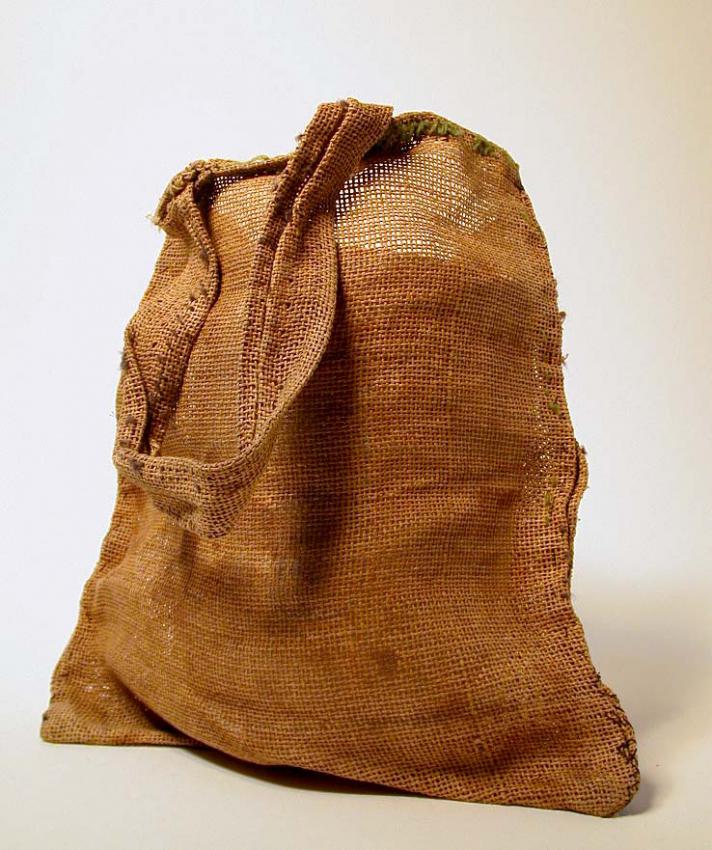
Yad Vashem Artifacts Collection
Gift of Anna Táborská, Zlate Moravce, Slovakia

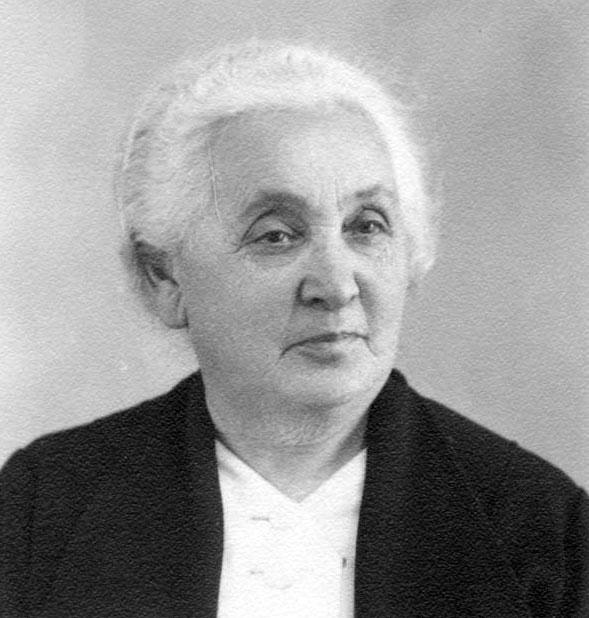

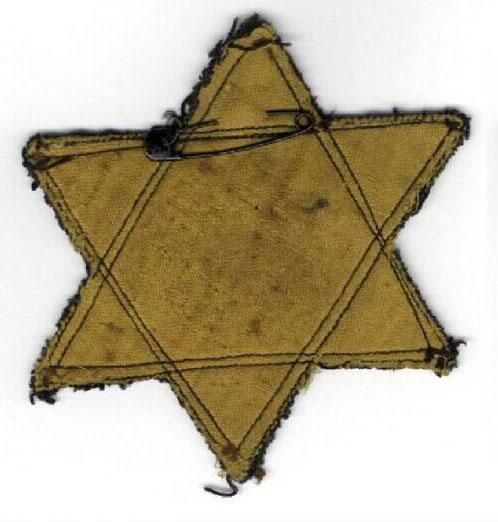
Yad Vashem Artifacts Collection
Gift of Anna Táborská, Zlate Moravce, Slovakia

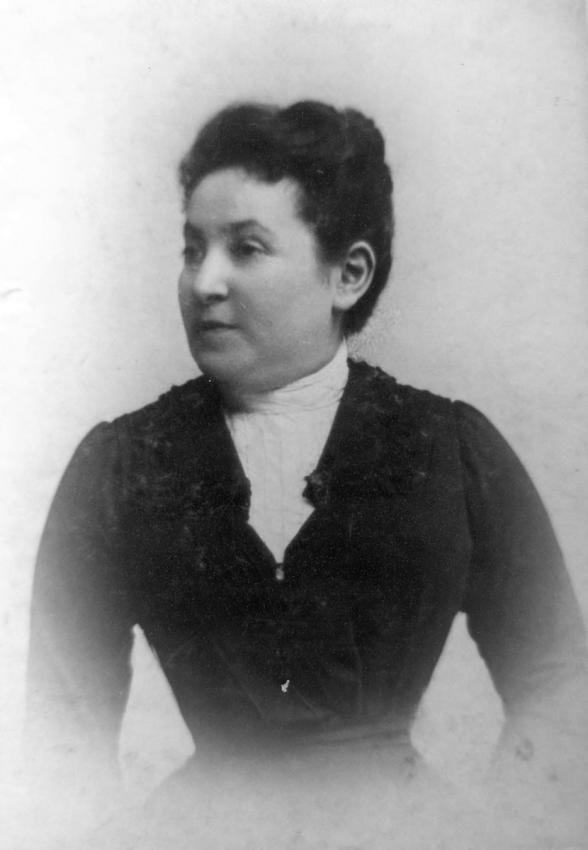

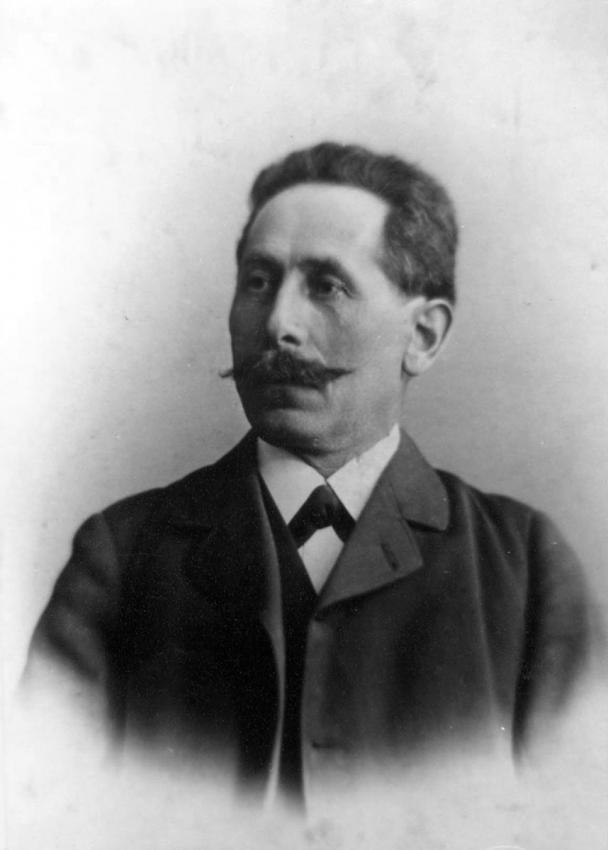

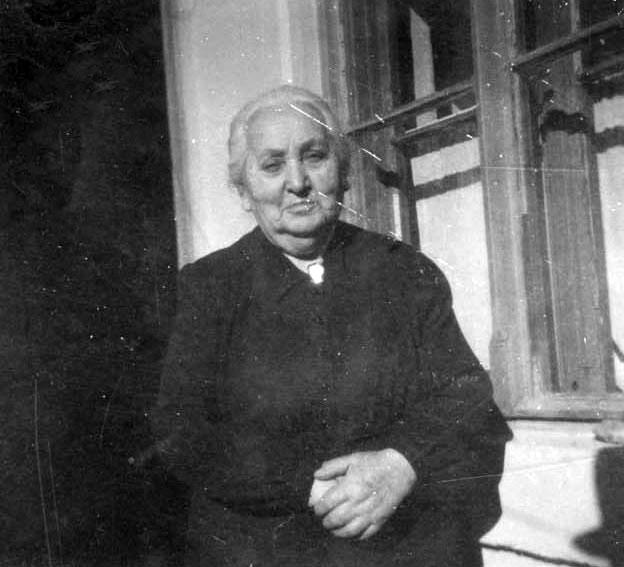

Sunday to Thursday: 09:00-17:00
Fridays and Holiday eves: 09:00-14:00
Yad Vashem is closed on Saturdays and all Jewish Holidays.
Entrance to the Holocaust History Museum is not permitted for children under the age of 10. Babies in strollers or carriers will not be permitted to enter.

Yad Vashem Artifacts Collection
Gift of Anna Táborská, Zlate Moravce, Slovakia




Yad Vashem Artifacts Collection
Gift of Anna Táborská, Zlate Moravce, Slovakia







Sidonie was born in 1866 in Komarno, Slovakia, to the Schlesinger family. Her first husband passed away leaving her with three children – Odon, Yenka and Ignatz.
She remarried in 1902 to Yisrael Samuel Ascher, the head of the Jewish community in Zlate Moravce, himself a widower with eight children.
In 1906 the couple had a child, Hugo. After Yisrael Samuel’s death in 1932, Sidonie remained by herself in Zlate Moravce.
She was protected from deportation until 1944 as a result of her son’s connection with Alexander Rakowski, an employee at the district court. Rakowski even escorted Sidonie to a hiding place on the edge of Zlate Moravce, before he himself fled and joined the partisans. Sidonie remained hidden by villagers until December 1944, going outside only under the cover of darkness. However, when the battlefront came closer, leading to both increased partisan activities as well as German retaliations, those caring for her told her she could no longer hide with them. Disguised as a villager and possessing false documents, they escorted her to the train station where she boarded a train for Banska Bystrica, a destination chosen by many Jews hoping that the partisans in that region would emerge victorious.
Three security agents who were hunting down fleeing Jews recognized her during her journey, and brought her back to Zlate Moravce. She was imprisoned there until she was deported along with two other Jews to the Sered Concentration Camp. In the camp she received the Jewish star she was forced to wear on her clothing for identification.
Sidonie was deported at the end of December 1944 from Sered to the Theresienstadt Ghetto; she was 78 years old.
After the liberation of Theresienstadt in May 1945, Sidonie was transferred to a camp of the Red Cross in Bratislava for rehabilitation. In June, her son Hugo Ascherov, arrived in the camp and brought her home. She placed the few personal objects she had with her, which were in essence everything she owned, in a jute sack she found in the camp and returned home.
Sidonie Ascherova passed away at the age of 90 in 1956. She was buried in the cemetery at Knezice, next to her husband Yisrael-Samuel Ascher.
Yad Vashem Artifacts Collection
Gift of Anna Táborská, Zlate Moravce, Slovakia

Thank you for registering to receive information from Yad Vashem.
You will receive periodic updates regarding recent events, publications and new initiatives.
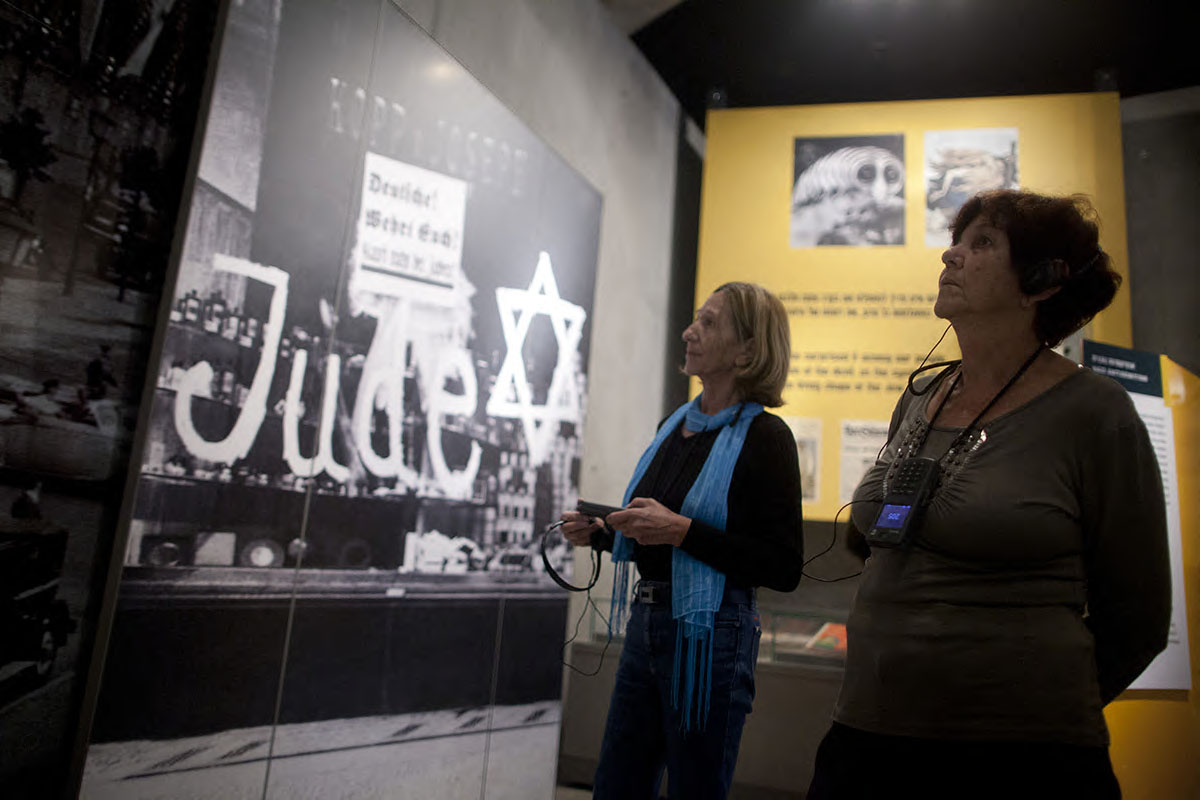
"The work of Yad Vashem is critical and necessary to remind the world of the consequences of hate"
Paul Daly
#GivingTuesday
Donate to Educate Against Hate


Worldwide antisemitism is on the rise.
At Yad Vashem, we strive to make the world a better place by combating antisemitism through teacher training, international lectures and workshops and online courses.
We need you to partner with us in this vital mission to #EducateAgainstHate
The good news:
The Yad Vashem website had recently undergone a major upgrade!
The less good news:
The page you are looking for has apparently been moved.
We are therefore redirecting you to what we hope will be a useful landing page.
For any questions/clarifications/problems, please contact: webmaster@yadvashem.org.il
Press the X button to continue



